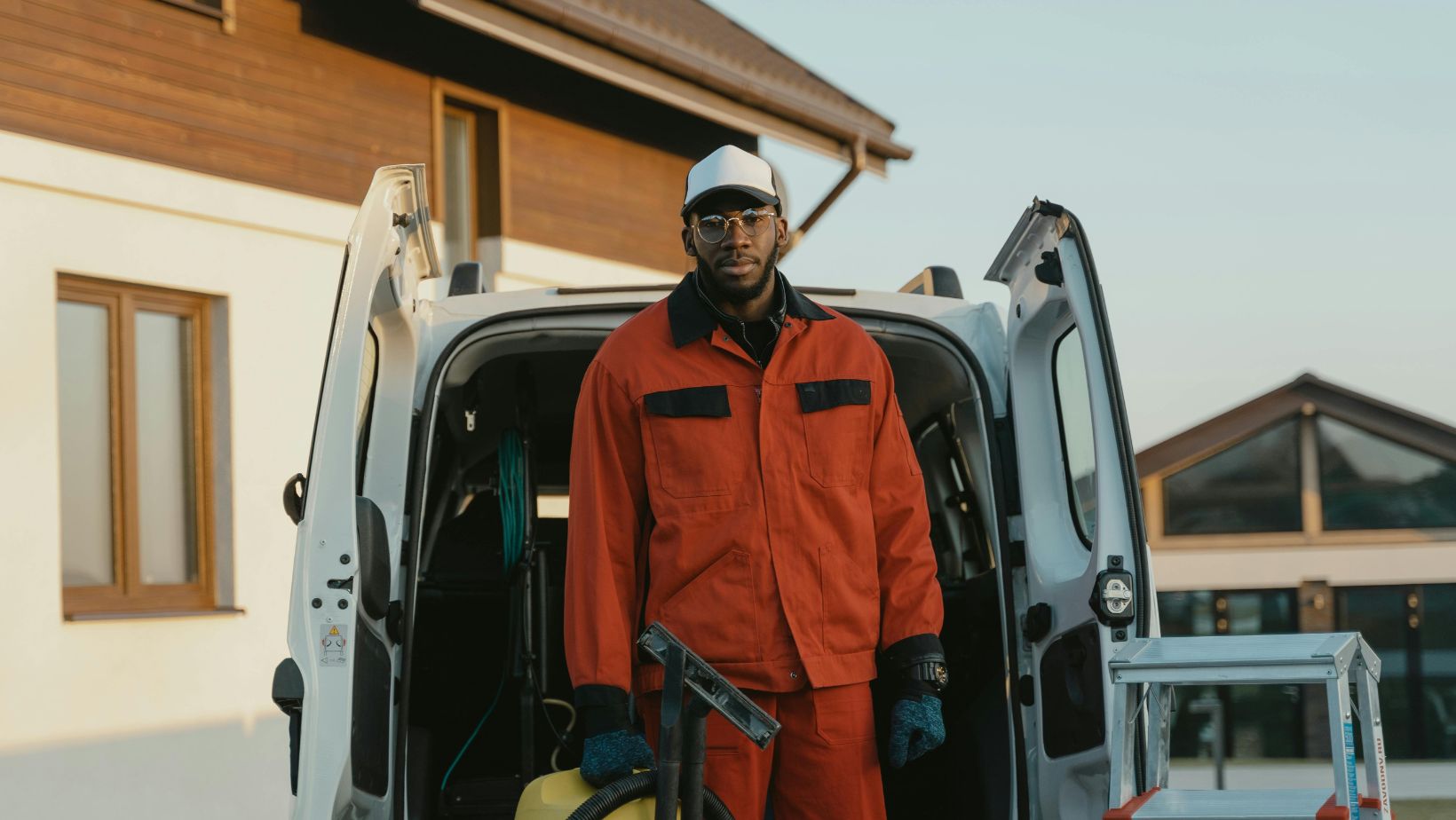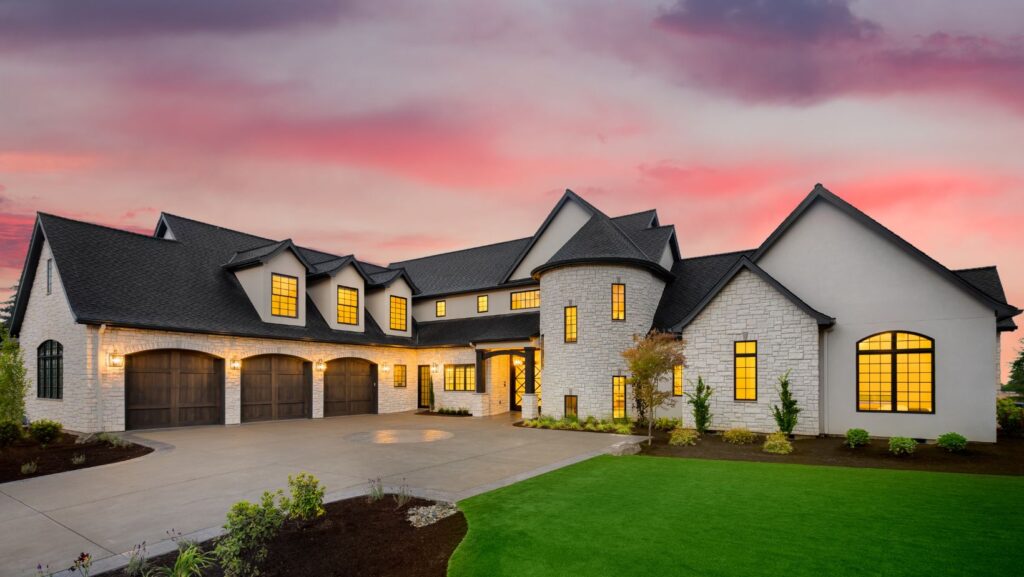The crawl space is often the overlooked area of a homeowner’s property. Despite its significance in the overall condition of a home, it frequently gets neglected until problems arise. One such problem is animal contamination. The entry of animals like rodents, raccoons, and even stray cats can lead to serious issues if not addressed quickly and precisely. In these instances, cleaning your crawl space after animal contamination becomes a necessity rather than an option. Understanding the risks and implementing a thorough cleanup process can safeguard your home and enhance its overall condition.
Why Animals are Attracted to Crawl Spaces
Animals find crawl spaces attractive due to the warmth, darkness, and security they provide. These secluded areas offer an ideal environment for nesting and breeding, as well as hunting and foraging. Once animals settle into your crawl space, it can turn into an animal haven in no time, leading to contamination that poses significant health hazards. For instance, according to Clockwork Property Management Group, unwanted critters can damage insulation, electrical wiring, and ventilation ducts, adversely affecting a home’s energy efficiency, fire safety, and indoor air quality. The risks associated with animal contamination underscore the importance of regular inspection and maintenance of this often-neglected area.
Assessing the Situation
The first step in remediating the damage is assessing the situation. Look for signs like unusual odors, droppings, nests, and chewed wires, which are telltale indicators of animal activity. Identifying which animals have caused the contamination is equally vital, as it dictates the type of cleaning and restoration required. For example, different animals may leave behind different types of waste, and some may pose greater health risks than others. Understanding the specific contamination helps in planning an effective cleanup strategy, ensuring that all traces of animal presence are adequately addressed.
Cleaning and Decontamination
Once you’ve assessed the situation, the next step—cleaning and decontamination—must be undertaken with caution. Personal protective equipment (PPE) such as goggles, gloves, and a respirator mask are essential, as animal droppings and urine can harbor dangerous diseases.

Contaminated materials, including insulation and debris, should be carefully removed and disposed of according to local regulations. Following this removal, a thorough disinfecting process should ensue, focusing on eliminating all bacteria, fungi, viruses, and any other pathogens left behind.
The Drying Process
After cleaning, it’s crucial to address moisture issues effectively. In the drying process, ensure complete evaporation of moisture to prevent mold growth. Adequate ventilation in the crawl space can facilitate this, allowing for proper air circulation. If the area remains damp for an extended period, mold can quickly become a significant problem, further complicating the cleanup efforts. Professional assistance may be necessary here, as they possess the right equipment and expertise to ensure thorough drying and mold prevention. Investing in this step is vital to maintain the long-term health of your home.
Improving Your Crawl Space
The importance of improving your crawl space after animal contamination cannot be overstated. By providing the necessary link between the ground and the living space above, the crawl space can greatly enhance your home’s overall health and safety. Key improvements include insulating the crawl space to regulate temperature, securing the area with durable materials, and improving ventilation to prevent moisture accumulation. Regularly checking for animal activity is also critical to ensure the area stays contamination-free in the future.
Prevention Measures
Moving forward, prevention measures are the best way to ensure you do not face this problem again. Animal-proofing your home and crawl space includes regular inspections and sealing potential entry points. This can involve checking for gaps in walls, around pipes, and any cracks that might allow animals to enter. Trimming trees close to your house can also prevent access for animals looking for a way in. Furthermore, maintaining cleanliness and addressing any water leakage or food availability in the space can significantly deter animals from returning. These proactive steps create a barrier against unwanted wildlife intrusions.
Seeking Professional Help
Homeowners should consider engaging professional pest control or wildlife removal services, especially when dealing with potentially dangerous animals. These professionals not only offer proper cleaning and restoration services but also provide valuable advice on preventive measures to safeguard your home. I hear crawling in my walls is a common concern that may indicate a need for professional pest control to identify and address the issue effectively, ensuring your home remains safe and secure.

When seeking assistance, it’s important to choose environmentally conscious companies that practice humane wildlife management. This ensures that the removal of animals is done ethically while also addressing the root causes of contamination in your crawl space.
Final Thoughts
The health of your crawl space directly impacts the home it supports. It’s essential not to neglect animal contamination issues and to take immediate action when necessary. This includes properly assessing the damage, rigorously cleaning and decontaminating the area, and finally, improving and animal-proofing the crawl space. By doing so, homeowners can ensure their property is safeguarded from the negative effects caused by animal contamination, creating a healthier and more secure living environment for themselves and their families.

